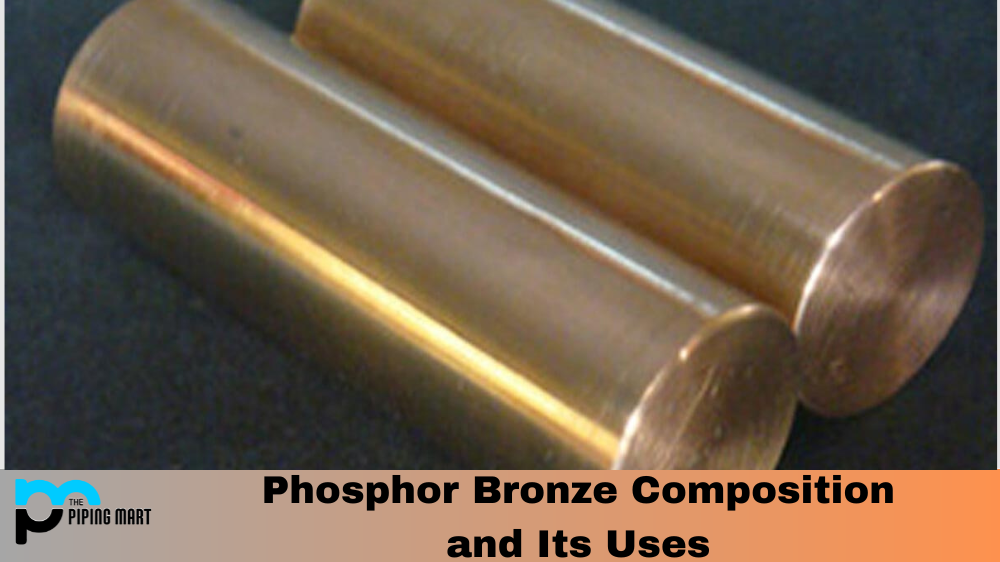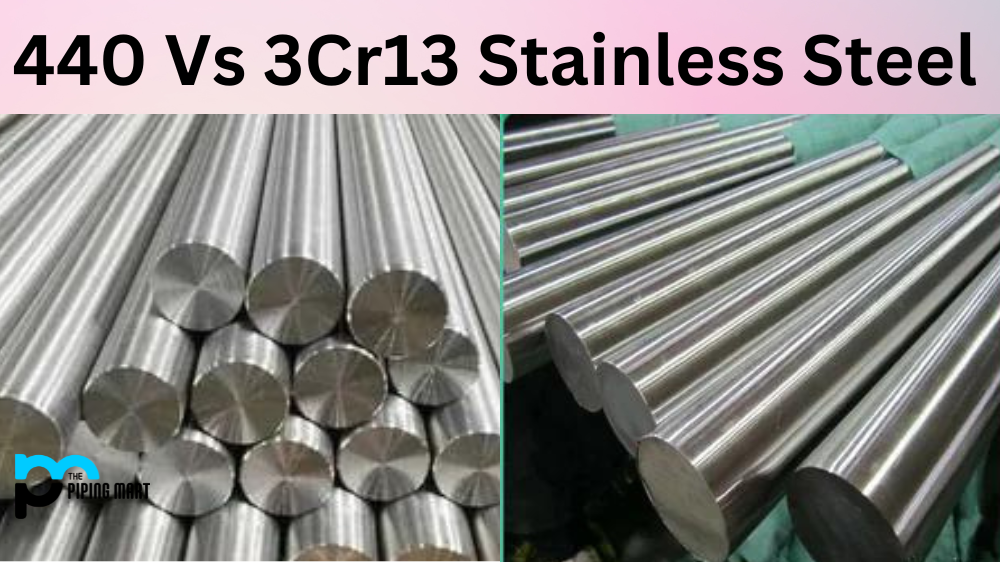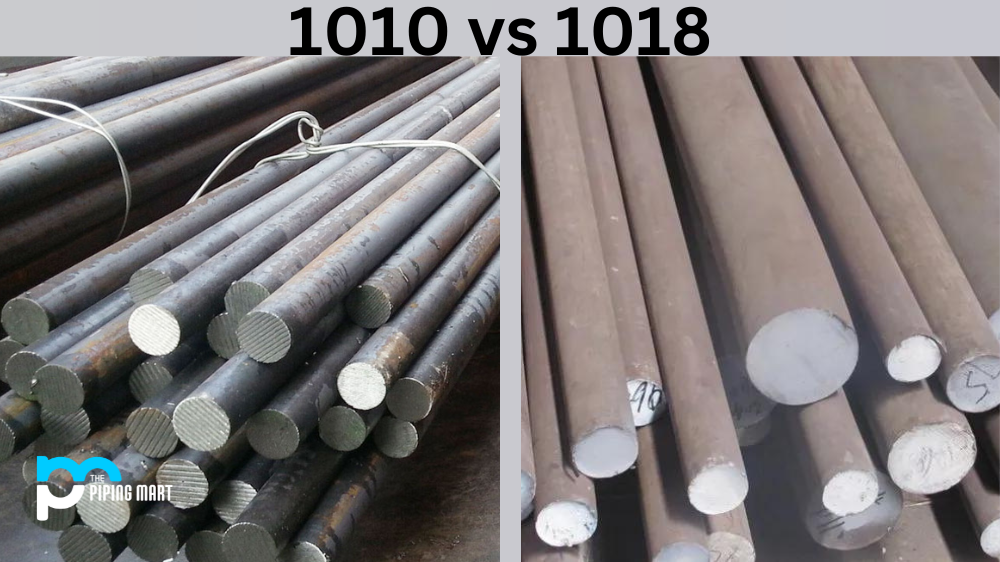Phosphor bronze is an alloy of copper and tin, with phosphorus as the primary alloying element. This type of bronze has a number of desirable properties, such as high strength, excellent corrosion resistance, and good electrical conductivity. As such, it is widely used in a variety of industrial applications. Let’s take a closer look at the composition and uses of phosphor bronze.
Phosphor bronze Composition
The most common form of phosphor bronze is C51000 (also known as UNS P510), which contains around 5% tin and 0.5-0.8% phosphorus by weight. Other elements that may be present in small amounts include zinc, manganese, aluminium, antimony, nickel, lead, iron, and silicon. The exact composition depends on its intended use; for example, anti-friction bearings may contain up to 2% lead or graphite for lubrication purposes.
Phosphor bronze properties
- Phosphor bronze is an alloy of copper and tin, with a small amount of phosphorus.
- It is strong and has a low coefficient of friction, making it ideal for bearings and gears.
- It is also non-magnetic and has excellent electrical conductivity.
- Phosphor bronze is resistant to corrosion, making it suitable for use in marine environments.
- It can be cold worked, but not hot worked.
- Phosphor bronze can be welded, but not soldered.
- It is available in a variety of compositions, depending on the desired properties.
- The most common phosphor bronze alloy is C51000, which contains 95% copper, 4% tin, and 1% phosphorus.
- Other common alloys include C52100 (92% copper, 5% tin, 3% phosphorus), C54400 (85% copper, 10% tin, 5% phosphorus), and C61400 (80% copper, 15% tin, 5% phosphorus).
- Phosphor bronze is used in a variety of applications, including electrical components, springs, gears, and bearings.
Phosphor bronze uses
Phosphor bronze is used extensively in various industrial applications due to its advantageous properties. It is commonly used for electrical components such as connectors and spring contacts because it has high electrical conductivity and good corrosion resistance even in salty environments—making it suitable for use near the sea or marine areas with high humidity levels. Additionally, phosphor bronze can be used to make musical instrument strings due to its good acoustic properties; also because it does not rust as easily as plain steel strings. Furthermore, this type of bronze is also used to make springs and gears due to its excellent wear and fatigue resistance properties; these components are typically found in aircraft and automobiles due to their ability to withstand vibrations over long periods of time without breaking down or wearing out quickly.
- Phosphor bronze is an alloy of copper and tin that contains between 0.5 and 11 percent phosphorus.
- The addition of phosphorus to the alloy increases its strength and hardness, making it ideal for a variety of applications.
- Phosphor bronze is commonly used in the manufacture of springs, gears, and bearings.
- The alloy is also used in the production of electrical components, such as wires and connectors.
- Phosphor bronze is also sometimes used in the construction of musical instruments, such as cymbals and bells.
Conclusion
In summary, phosphor bronze is an alloy made from copper, tin, phosphorus and other elements depending on its intended purpose. It has many desirable characteristics, including good strength, corrosion resistance and electrical conductivity—making it highly useful in many industrial applications such as electrical components for marine environments or springs for aircraft/automobiles that need to withstand vibrations without wearing out quickly over time. Whether you are looking for parts for your next project or want some musical instrument strings that won’t rust easily – phosphor bronze is definitely worth considering!
Meet Heer, a dynamic and driven writer learning tricks of her trade in the metal industry. With a background in Digital Marketing, Heer brings a unique perspective to her writing, sharing valuable insights. Apart from blogging she like reading and hiking.




